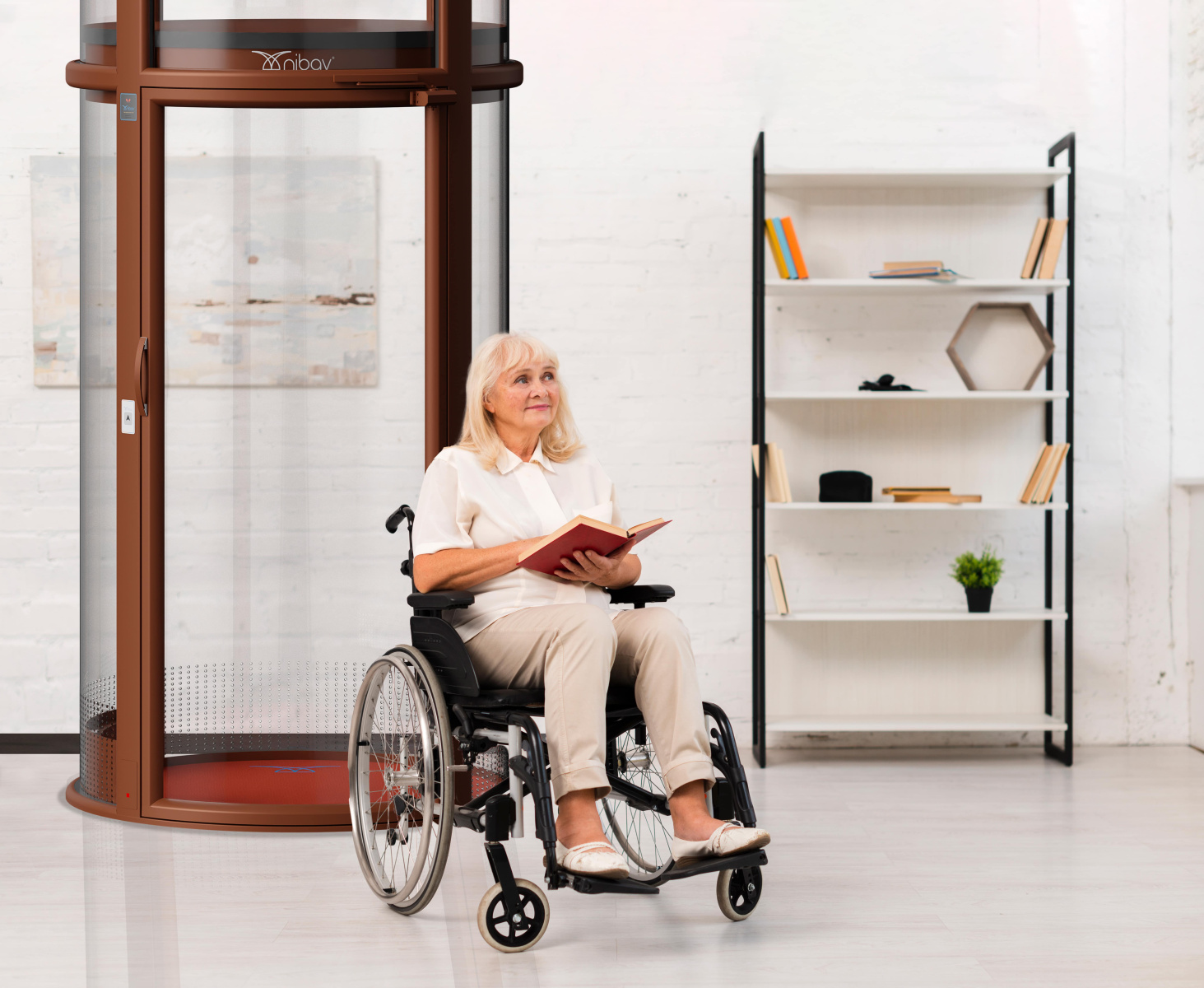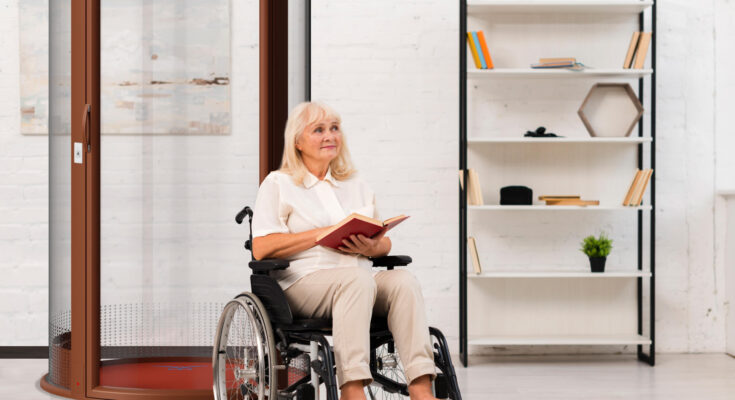The Importance of Accessibility at Hom e
One of the often-overlooked aspects of cancer care is accessibility.
Many patients undergoing treatment ex perience extreme fatigue, loss of muscle strength, and neuropathy, making it diffi cult to climb stairs or mov freely within multi-story homes.
A lack of accessibili ty can lead to isolati on, frustration, and even physical strain, which can negatively affect recovery.To address these mobility concerns, home designs are now being tailored to meet individual needs, including wheelchair a ccessibility. This ensures that patients w ith limited mobility can navigate their h omes comfortably and safely without as sistance. By incorporating thoughtfully designed solutions, families can help the ir loved ones focus on recovery rather th an struggling with daily movement.
Reducing Fall Risks and Enhancing Safe ty
Chemotherapy, radiation, and certain ca ncer medications can cause dizziness, i mbalance, and muscle weakness, increa sing the risk of falls—especially on stairc ases. For older adults or those with addi tional health conditions, this risk is even higher. Fall-related injuries can further c omplicate the recovery process and may lead to additional hospitalizations. To en sure safety and ease of use, home mobilt y solutions now feature user-friendly co ntrols that allow patients to operate the m with minimal effort. This simplifies m ovement and provides peace of mind for both the patient and caregivers. By redu ucing the need for strenuous physical ef fort, such enhancements significantly lo wer the chances of accidents and promo te a safer healing environment.
Preserving Dignity and Independence
One of the most emotionally challengin ing aspects of serious illnesses like canc er is the loss of independence. Patients who were once active may find themsel ves relying on family members for basic tasks such as moving between floors, w hich can feel limiting and discouraging.
Modern home solutions are designed to seamlessly blend with existing interiors while being integrated with smart home technologies such as Alexa, making the m convenient for patients to use withou ut assistance. This level of autonomy he lps restore confidence, dignity, and a sen se of control, which are all crucial for a p ositive recovery experience.
A Healing Home Environment Matters
A home should be a place of comfort an d healing. Studies suggest that a stress-free environment can aid in faster recov very. Patients who can move freely with hin their homes, access their favourite r ooms, and avoid unnecessary physical st rain are more likely to experience positv itive mental and emotional states. Integ rating mobility solutions into the home doesn’t have to be financially burdenso e. With flexible payment options, such a s zero-cost EMI plans, families can provi de their loved ones with the best possibl le support without worrying about exce ssive financial strain. When accessibility is made both practical and affordable, more patients can benefit from a home that fosters healing rather than hindrance.

Looking Beyond Treatment: The Role of Holistic Care
Cancer recovery is not just about medic al treatments—it is about holistic care,w hich includes emotional, psychological,a nd physical well-being. Caregivers and f amily members must consider every asp pect of a patient’s daily life, including ho w they move around and interact with t heir surroundings. Creating a supportiv ve home environment is an integral part of this holistic approach. From nutritiou us meals to emotional support and acces sible living spaces, every detail plays a r ole in helping a patient recover faster an d more comfortably. As we continue to a dvance in medical treatments and cance r care, we must also pay attention to the everyday needs of patients.
Accessibility and mobility within the ho me may seem like small aspects, but the y can have a profound impact on the hea ling journey. By ensuring homes are tho ughtfully designed, easy to navigate, an d financially accessible, families can pro vide cancer patients with a space that pr ioritizes their safety, independence, and well-being. In doing so, we allow them t o focus on what truly matters—recovery ery, resilience, and regaining their stren gth.




